How the Rose Became the National Flower for the U.S.
Of all the glorious flowers on earth, the rose was named the most special, earning the champion title of the United States’ national flower. President Ronald Reagan signed this proclamation on October 7, 1986, with these sentiments.
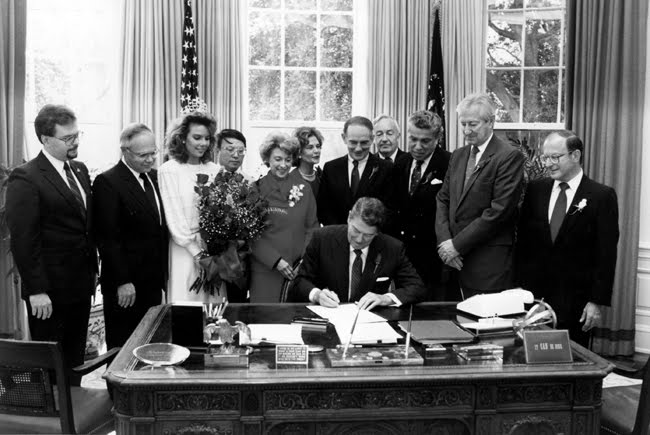
“Americans have always loved the flowers with which God decorates our land. More often than any other flower, we hold the rose dear as the symbol of life and love and devotion, of beauty and eternity. For the love of man and woman, for the love of mankind and God, for the love of country, Americans who would speak the language of the heart do so with a rose.
“We see proof of this everywhere. The study of fossils reveals that the rose has existed in America for age upon age. We have always cultivated roses in our gardens. Our first President, George Washington, bred roses, and a variety he named after his mother is still grown today. The White House itself boasts a beautiful Rose Garden. We grow roses in all our fifty States. We find roses throughout our art, music, and literature. We decorate our celebrations and parades with roses. Most of all, we present roses to those we love, and we lavish them on our altars, our civil shrines, and the final resting places of our honored dead.
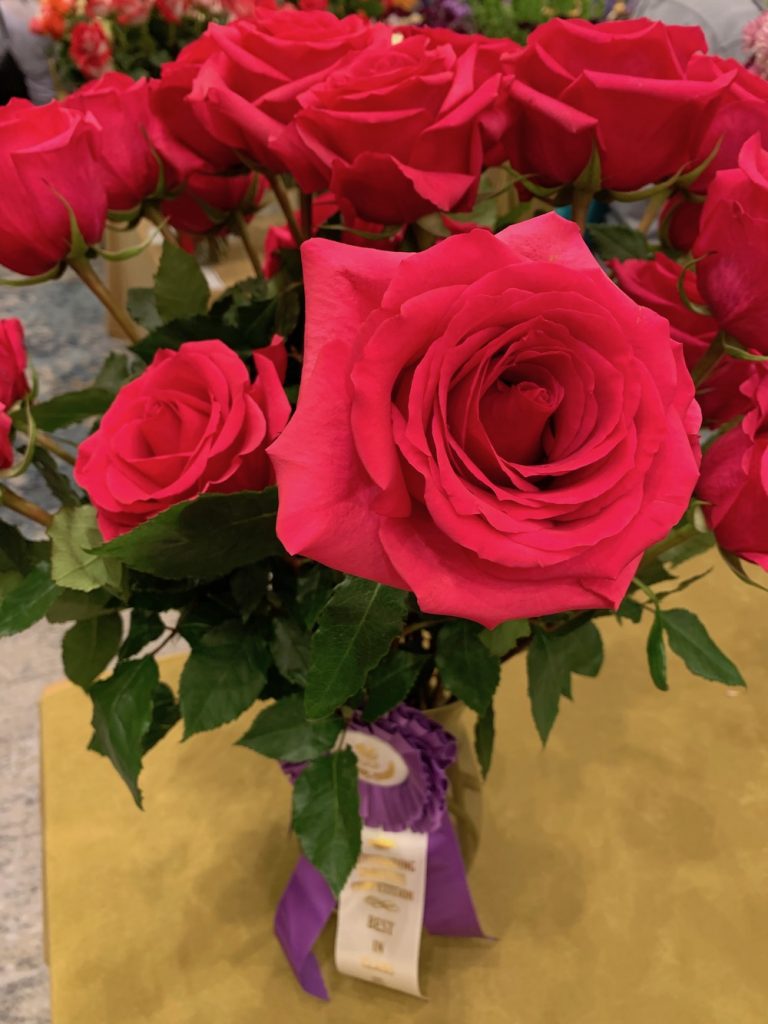
“The American people have long held a special place in their hearts for roses. Let us continue to cherish them, to honor the love and devotion they represent, and to bestow them on all we love just as God has bestowed them on us.
“Therefore, I, Ronald Reagan, President of the United States of America, do hereby proclaim the rose as the National Floral Emblem of the United States of America.”
Not surprisingly, there wasn’t much complaint about this decision. As poet Ralph Waldo Emerson said, “There is simply the rose; it is perfect in every moment of its existence.”
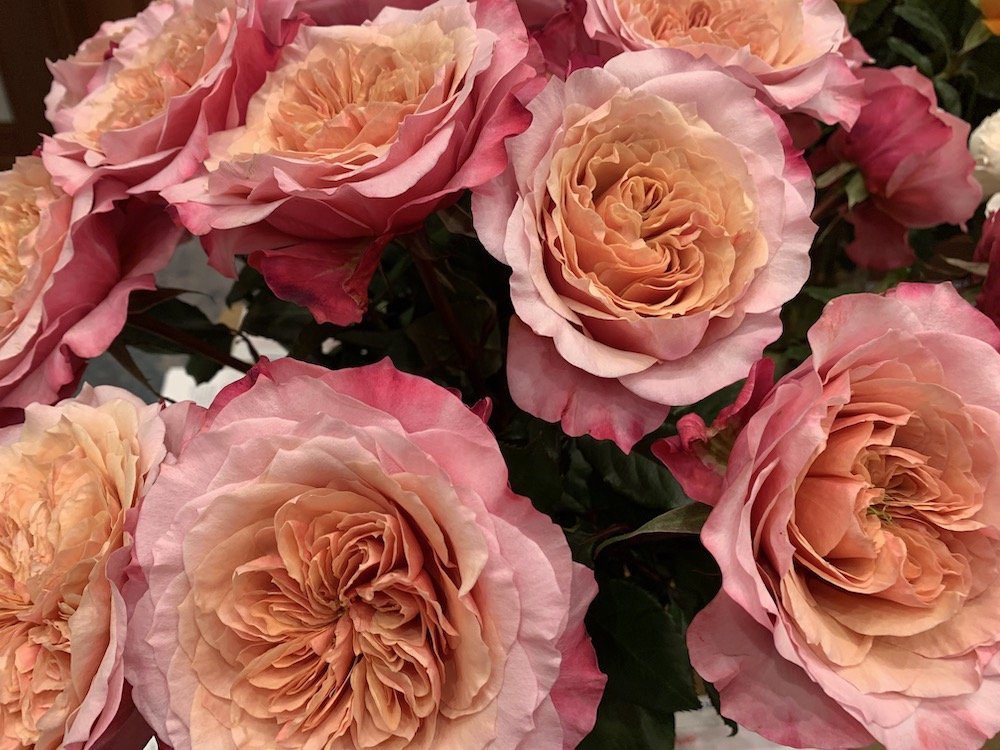
Since this had to pass Congress, there had been considerable discussion leading up to the bill that Reagan signed.
Turns out the declaration’s sponsor was Louisiana congresswoman Lindy Boggs, mother of the late newswoman Cokie Roberts. She was present at the signing, standing next to Amy Lynn Richelieu, holding an armload of roses, from the 1986 Queen of the Rose Parade.
More than 70 bills had been introduced over the decades promoting one flower or another, including the dogwood, the corn tassel, the mountain laurel, the columbine and others.
The rose’s biggest competitor turned out to be the marigold, championed by Senate minority leader, Everett McKinley Dirksen, Republican of Illinois, who year after year sought to convince his colleagues of the merits of the marigold starting in 1967.

He made some compelling arguments.
As he wrote, ”the marigold is a native of America and can in truth and in fact be called an American flower. It is national in character, for it grows and thrives in every one of the 50 states of this nation.”
Yes, that is the case, as others pointed out, but the same could be said for the rose since it grows in every state.
In promoting the marigold, he also pointed out how this sturdy flower blooms in spring, summer and fall and conquers the extremes of temperature. “It well withstands the summer sun and the evening chill,” he noted. ” Its robustness reflects the hardihood and character of the generations who pioneered and built this land into a great nation.”
This we cannot say about our beloved rose, which is a bit finicky. It also has thorns.
However, we are an aesthetic people. So, like Benjamin Franklin who wanted the turkey as the national bird vs. the eagle, practicality does not always prevail.
The rose is far more beautiful and fragrant than the marigold. The rose won.
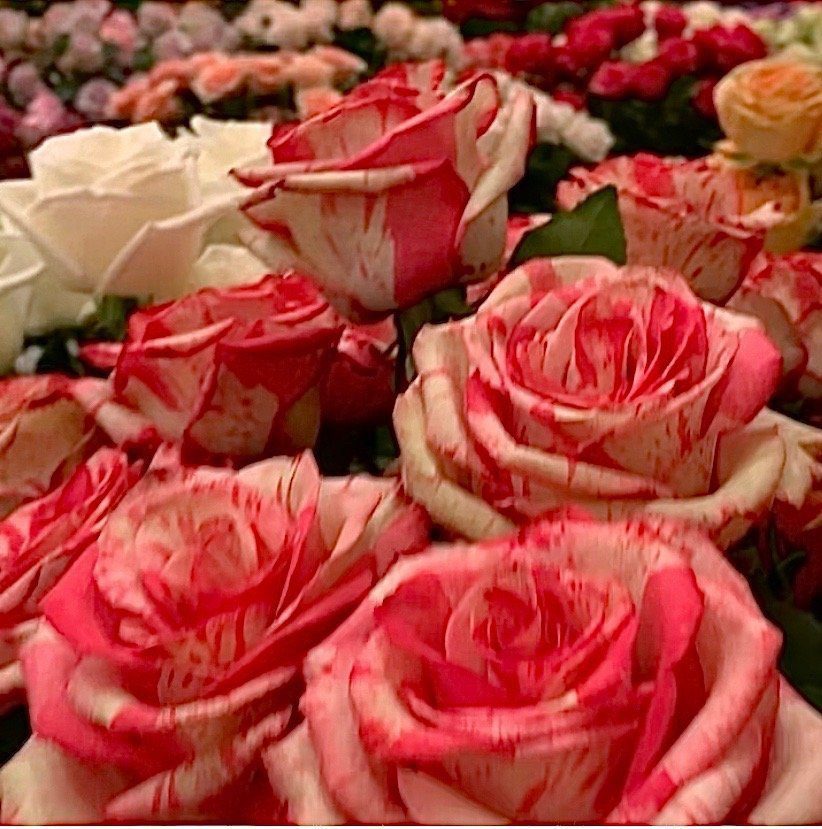
In the United States, roses are accessible to everyone, which is so democratic. Indeed, it is not only Trader Joe’s and Korean corner stands where they peek out of buckets proudly, but there are more and more varieties to enjoy at all price points. Football has events with the name of Rose Bowl and even the Kentucky Derby drapes its winners with roses.
Aside from being the national flower, some states have adopted the rose as their state flower including New York and Oklahoma. Georgia calls the Cherokee rose its state flower; North Dakota favors the prairie rose.
The rose is like catnip to people all around the globe. Legend has it that Aphrodite gave the flower to her son, Eros, the god of love. Dig deeper and you see that if you take the “E” in Eros and put it at the end of his name, you have the word “ROSE.”
The mysteries and beauty of this flower have been a fertile springboard for writers and poets throughout the ages to explore life lessons by using the rose as a morphing metaphor.
Who can’t find the wisdom in Kahlil Gibran’s words relatable? “The optimist sees the rose and not its thorns,” he noted. “The pessimist stares at the thorns, oblivious to the rose.”
There’s also much sense in Anne Bronte’s advice to go for it, as Reagan did. “But he who dares not grasp the thorn, should never crave the rose.”
Supporting the rose turned out to be beneficial to Ronald Reagan, earning a special achievement.
As a result of championing the rose, Jackson & Perkins created a Ronald Reagan rose which is a hybrid tea with red petals and white reverse. The company created a Nancy Reagan Rose as well, which was also a hybrid tea and has 5-inch blooms of deep apricot.
After all, people name roses after famous people, unlike marigolds.
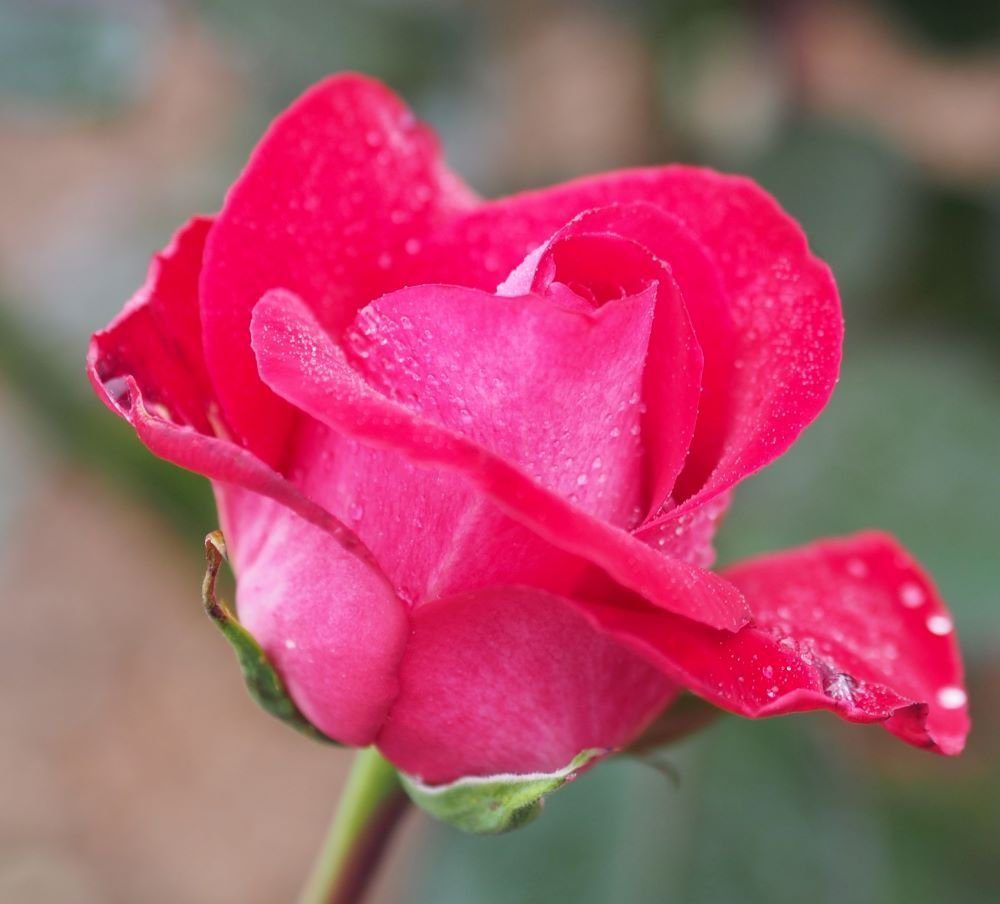

It turns out that the Ronald Reagan rose from Jackson&Perkins might be just another red rose. But the Nancy Reagan rose is considered a real winner.
For us at Flower Power Daily, we think we should pause on this anniversary of the rose, and all this month, to consider this flower and its impact on our lives. As Dale Carnegie said, “We are all dreaming of some magical rose garden over the horizon instead of enjoying the roses blooming outside our windows today.” – Jill Brooke
Photo Credits: FPD, Wikipedia, Jackson&Perkins
Jill Brooke is a former CNN correspondent and editor-in-chief of Avenue and Travel Savvy magazine. She is an author and the editorial director of FPD.
